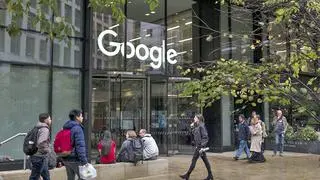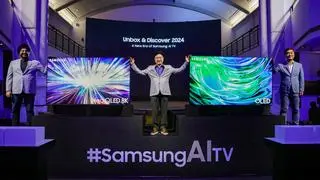Now that the ‘eagerly expected' 3G services have been launched by almost all mobile service providers, what excites most potential 3G subscribers is the video calling service. Several companies have set up demo or ‘experience' zones to show the 3G capabilities. The first question asked by subscribers who visit the demo zone is invariably about video calling and the executives there waste no time in demonstrating the service.
What is more important is what they don't tell.
The first condition for a video call is for both (the caller and the receiver) to have subscribed to the 3G services of the respective operators. You must keep in mind that not all operators have licences for 3G in all circles. If you have subscribed to the 3G service and your friend is with an operator who does not have licence for 3G in the circle, he will not be able to receive your call, nor will he be able to make one. Even if he is with an operator who has licence for 3G services, he should have also subscribed to the 3G service to receive your video call. Subscribing to GPRS is not enough. Even for this to work, both of you must have 3G phones with dual cameras, so you can see each other.
Video calls are also expensive. Most operators charge 5 paise per second, which comes to Rs 3 per minute. If you make a 10-minute call, you will be poorer by Rs 30. If you have friends and relatives with 3G connections and 3G compatible handsets, and you are also not bothered about the rates, and think 3G video call is the ‘in thing', be sure to carry the mobile phone's charger always with you. 3G video calls suck power.
Happy (video) calling.








Comments
Comments have to be in English, and in full sentences. They cannot be abusive or personal. Please abide by our community guidelines for posting your comments.
We have migrated to a new commenting platform. If you are already a registered user of TheHindu Businessline and logged in, you may continue to engage with our articles. If you do not have an account please register and login to post comments. Users can access their older comments by logging into their accounts on Vuukle.